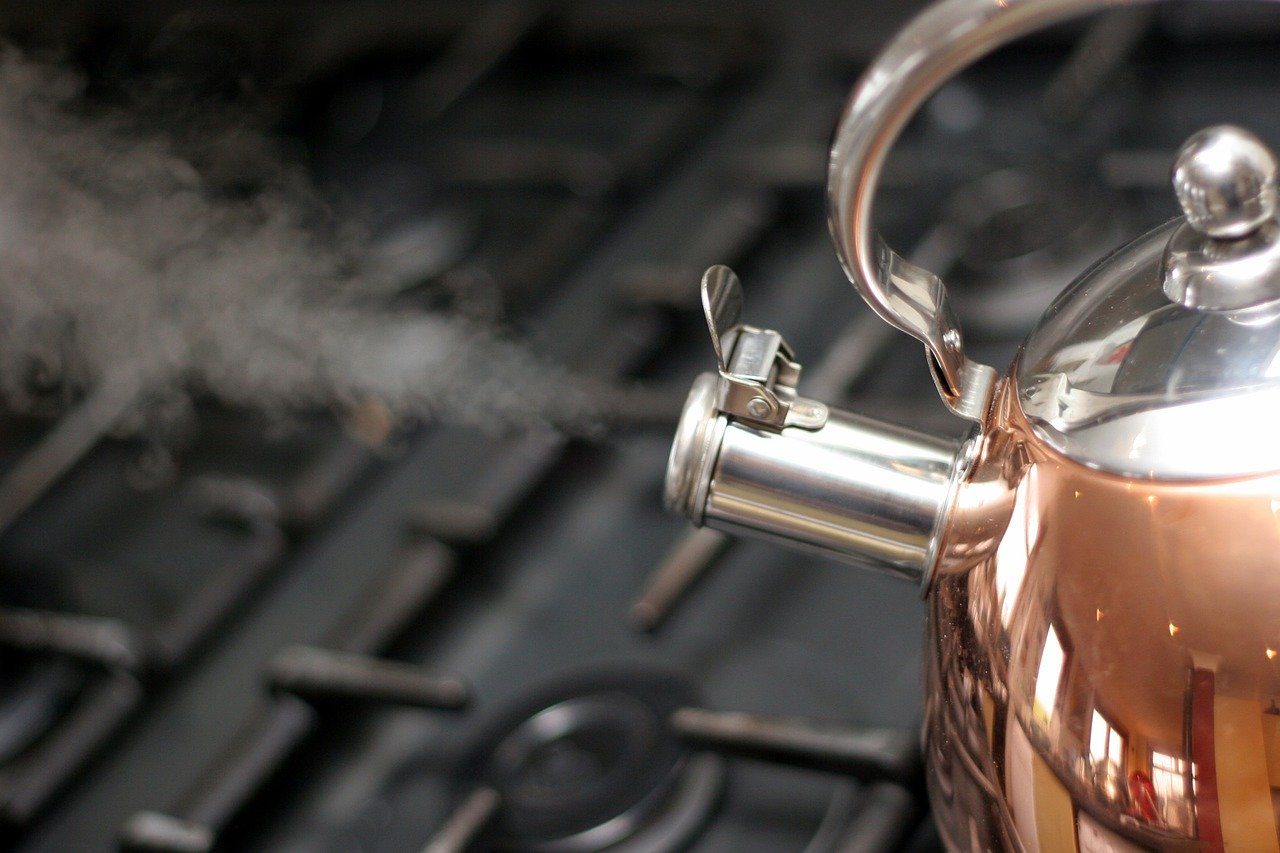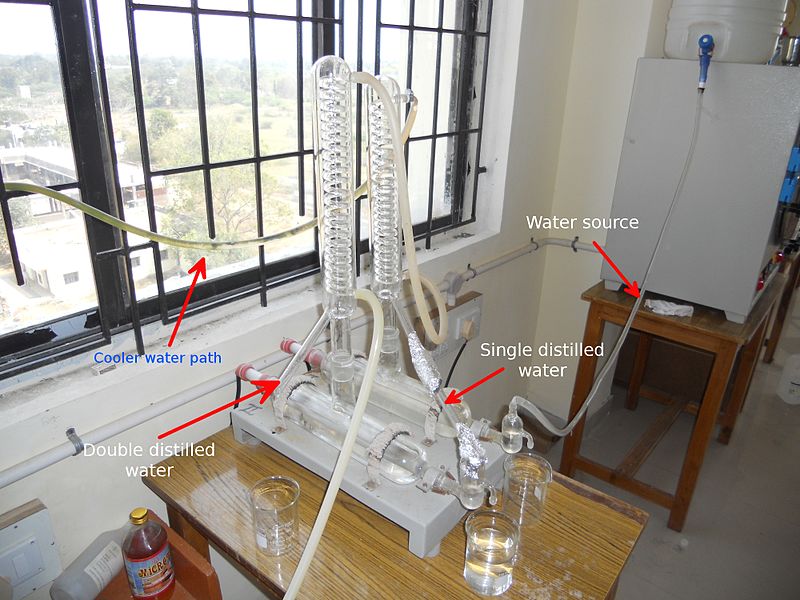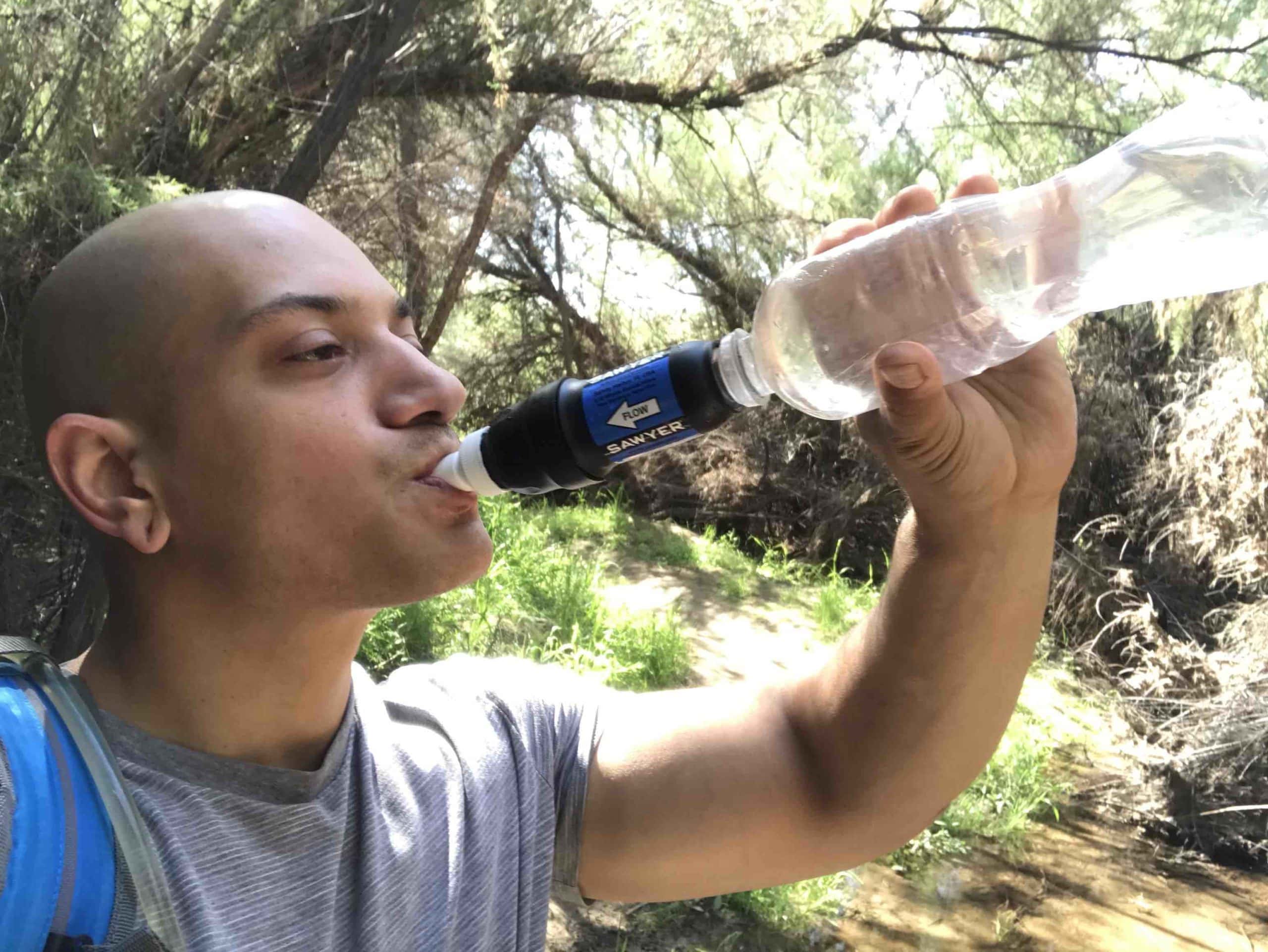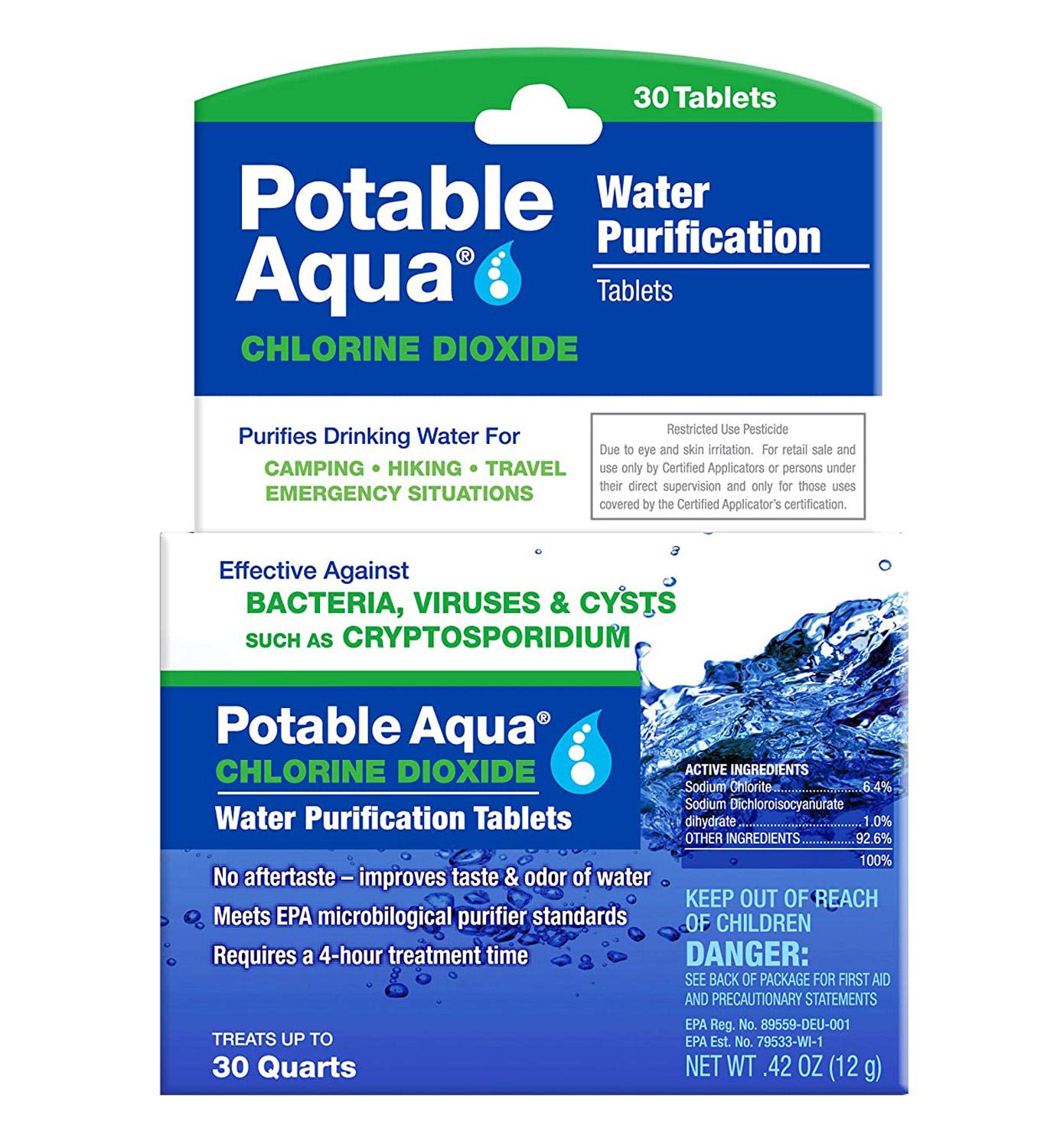6 Ways to Purify Water and Their Pros & Cons
-
Pete Ortiz
- Last updated:

When you’re in a survival situation or an unexpected emergency, one of the biggest problems that you’ll need to solve immediately is getting a supply of purified water that’s safe to drink. If you don’t manage this, you could be dead in just a few days or even sooner. It pays to be prepared, and knowing several different methods for purifying water is knowledge that has the potential to save your life.
In this article, we’re going to discuss several different ways that you can purify water, turning dangerous water drinkable to keep you alive and avoid dehydration. With luck, you’ll only need this knowledge camping or doing a long-distance hike. But should you find yourself in an emergency, you’ll be glad to know the ways that you can purify the water you find.
The 6 Different Ways to Purify Water
1. Boiling

Boiling is a time-tested method that’s been used for centuries to effectively remove contaminants from water. It requires only a metal container to hold the water and a source of heat. Typically, a fire will be your heat source, but if you have access to an oven or even a camp cookstove at the time, it will be even easier. This can be a great way to purify water in a pinch, but it’s time-consuming to wait for your water to boil and then cool down before it’s drinkable. In a life-or-death situation, though, this could be a lifesaver since it removes all the harmful contaminants that could be lurking in the water you collect from any source you find.
- Easy to execute
- Requires very few items
- Easy to find materials
- Can purify large quantities at once
- Time-consuming
- Can’t purify while moving
- Requires fire
2. Use a Water Filter
This might be one of the easiest ways to filter water, but it only works if you’re prepared enough to have a filter when you need it. It’s a good idea to keep a small water filter around just in case of emergencies. There are some incredible water filters available that are small enough to fit in your pocket with the ability to filter tens of thousands of gallons of water. Plus, water filters are extremely simple to use and very quick, so you won’t have to fuss around with flames or waste any time waiting for your water to cool like you do when you boil your water.
There are a lot of different water filters available, and they span a range of sizes, abilities, and prices. Some are small and portable while others are much larger and more difficult to bring with you. There are filters that will have replaceable filter cartridges and some that let you backflush the filter instead of replacing it. You’ll have to do some research into water filters to make sure you’re picking the best one for your intended use.
- Very quick
- Easy to use
- Filters out debris as well as bacteria and organisms
- Some are very small and portable
- Must have a water filter available
- Some filters need to be replaced regularly
- May not filter enough for groups
3. Iodine or Bleach
Sometimes, we’re caught unprepared for an unfortunate event, which means we need to use what’s available to try to come up with a solution. Luckily, some very common household substances can be used as effective water purifiers. They may not make the best-tasting water, but it will be safe to drink and won’t make you sick.
Bleach is one of the common chemicals you can use to purify water. For clear water, you’ll want to add ⅛-teaspoon to a gallon, or about 8 drops. If the water looks cloudy, you’ll need to use a bit more bleach. In this case, go for ¼-teaspoon, or about 16 drops in a gallon.
Iodine is another common chemical found in most people’s medicine cabinets that can be used to purify water. Remember, iodine is light sensitive, so it must always be stored in a dark bottle, preferably in a dark place as well. Otherwise, your iodine could be compromised and might be less effective. If your water is clear, use 5 drops of iodine per quart of water, or 20 drops per gallon. If the water is cloudy, you’ll need twice as much iodine to purify it, for a total of 40 drops per gallon.
- Common chemicals are easy to find
- Will get you through a bad situation
- Can make the water taste awful
- Psychologically difficult to drink
4. Water Purification Tablets
Water purification tablets are a very easy-to-use water purification method. They are little tablets that come in a small bottle, offering you many doses of purification in a tiny package that’s easy to carry or store. They’re also pretty inexpensive, but they have a limited shelf life. To use one of these tablets, you simply drop the recommended number of tablets into your water container and wait for them to work their magic. They won’t filter out any sediment, so it’s a good idea to try to filter that out still if you want to drink the water, but all of the microorganisms and bacteria that could be harmful will be eradicated.
- Easy to use
- Small and easy to store or carry
- Can taste pretty bad
- Short shelf lives
- Takes some time to work
5. Ultraviolet light

One type of small, portable, modern water filter is a UV filter. This small lightbulb gets inserted into your water and emits a strong ultraviolet light that kills off anything in the water. Your water is completely safe for drinking after an ultraviolet treatment, but it still may have sediment in it since this doesn’t filter sediment from the water. You’ll also have to be sure to check on the battery life often because it won’t do you much good if the batteries are dead when you desperately need drinking water!
- Fast-working
- Devices are expensive
- Relies on batteries
- Doesn’t filter sediment
6. Distillation

If you’re really unsure of a water’s quality, you can neutralize almost everything that could be in it through the process of distillation. This method is more time-consuming than the other methods and it takes a long time to produce a moderate volume of water. You can make a distiller by simply putting a metal bowl inside a pot of boiling water and cover the large pot with a big lid turned upside down. As the water boils, condensation will form on the lid and drip into the smaller bowl. This water is distilled, and you can drink it once it cools down.
- Can remove almost all contaminants from water
- Complicated
- Takes a long time to produce a moderate amount
- Requires knowledge and equipment
What’s the Best Way to Purify Water?
When you need purified water that’s safe for drinking, it doesn’t matter which method you use. That said, some methods make it easy to be prepared all of the time. For overall preparedness in case of emergencies, we recommend finding a good, portable water filter. One of our favorites is the Sawyer Squeeze, which is small enough to store away in your car or home and capable of filtering 100,000 gallons of water without needing a filter change or replacement of any kind.
When it comes down to it, nothing beats being prepared ahead of time. But if you’re not prepared at the moment, boiling is a simple option that’s always available, so don’t forget about the tried and tested methods that have worked for a long time.
In Conclusion
It’s no longer safe to simply drink any water you find. Even though mountain streams may look incredibly refreshing and inviting, it’s what you can’t see that can cause you harm. In an emergency situation, clean water isn’t always available, so it pays to know how to purify some to make it safe to drink should you ever find yourself in such a predicament. Whether you choose a water filter, common home chemicals, or the tried and true method of boiling, these ways of purifying water can keep you alive when water is scarce and you need to avoid dehydration.
You might also like:
Featured Image Credit: Pixabay
Contents





